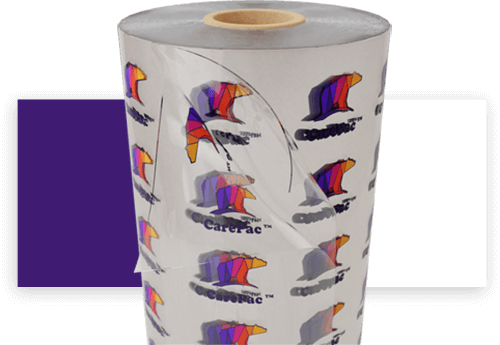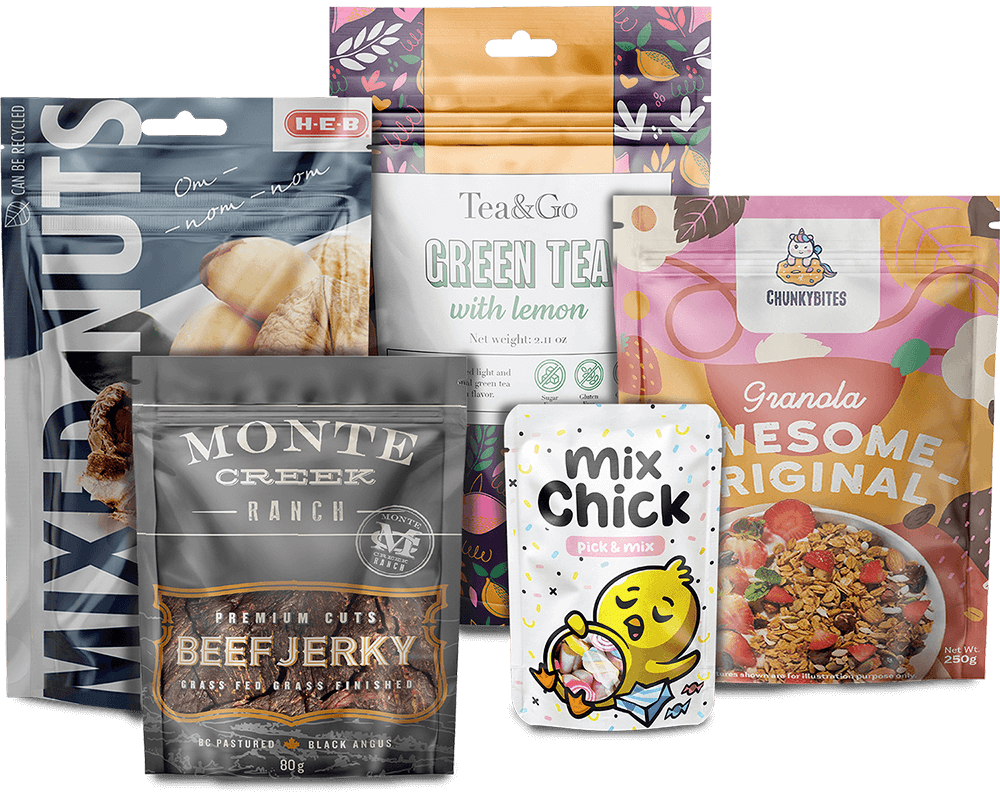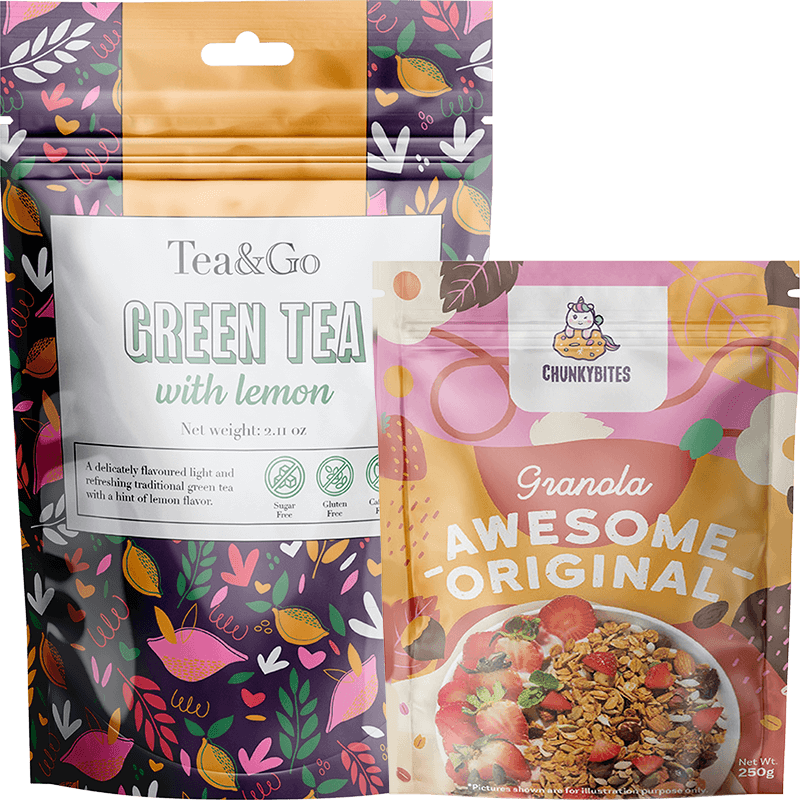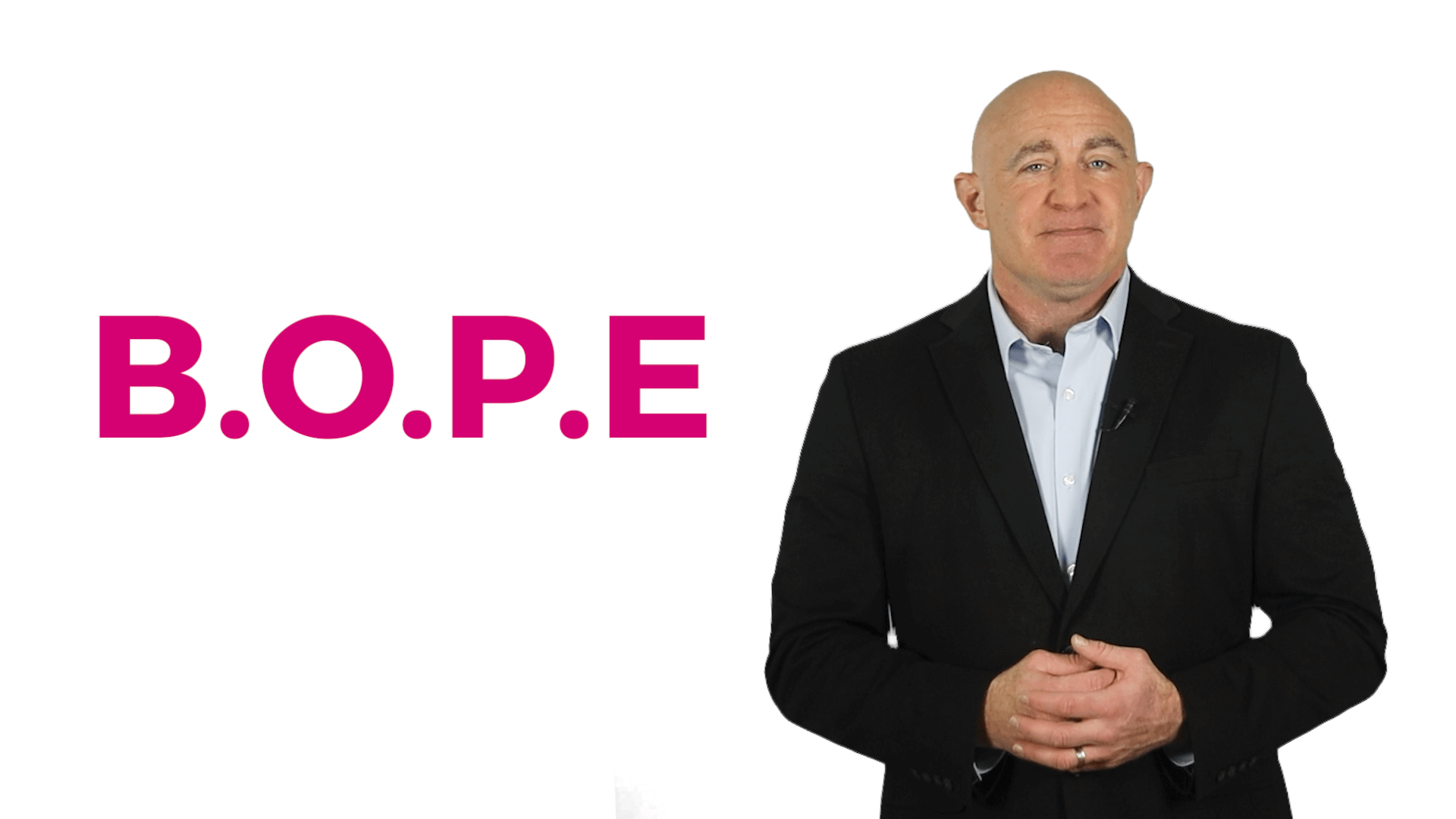No products in the cart.
Biaxially Oriented Polyethylene Film Pouches - Plastic Films & Polypropylene
Biaxially Oriented Polyethylene Film Pouches (BOPE Films)
You’re creating great products and putting them in nice packages, but those packages and their materials deserve to be used more than once. If all the effort went into making them in the first place, why not keep using them? The need for more environmentally friendly packaging intersects perfectly with the high-quality recyclable options that biaxially oriented polyethylene film pouches offer. Let’s dive into what exactly BOPE films are, how you can use them, and what makes them an overall better recyclable option.

Roll Configuration Biaxially Oriented Polyethylene
BOPE is a clear material with two layers of oriented and processed Polyethylene. Printable, and convertible into Stand up pouches, and Box bottom bags, this film is a recyclable material which may be accepted in municipal and commercial recycling programs. BOPE laminated films are generally classified as a Code #4 recyclable, check locally.
What are Biaxially Oriented Polyethylene Bags?
Polyethylene by itself is a material that can be easily stretchable. When you take the material and create a pouch from it, there are inherent limitations that keep all the pouches relatively simple. The sides of these pouches are flimsy, the printing on them is limited to very basic designs or typography, and the strength and durability are low. Overall, your options are limited.
On the other hand, BOPE is a more sturdy material that can create complex pouches. When BOPE is turned into a pouch it’s equipped with enhanced elements such as stronger side seals, a gusset, and more advanced printing possibilities.
To create BOPE film pouches, only polyethylene (no polypropylene) is needed. The PE is essentially extruded and laminated together. The lamination is done in a biaxial orientation that creates a stronger and more capable product. This pouch isn’t so easily stretchable and has more functionality with the possibility of holding heavier items within and forged in a way that it can become a stand-up pouch.

Applications for This Printed Packaging
If you’re making a product and putting it in a bag, in many instances, simple bags lacking strength aren’t enough. You never want your products falling out or to have the packaging sheet be ripped open and destroyed. BOPE printed pouches and PE film are a better option not only for their environmentally friendly recyclability but also because they’re all around more durable and capable.
Any type of product that you want to be safe and secure in its pouches but don’t need a very high barrier of protection will benefit greatly from this packaging. The hardware industry is a good option if your materials tend to be slightly heavier and could break through other options. If you have any form of complex printing or more advanced styles, these are a necessary step up as well. Consumer packaged goods (CPG) brands will benefit greatly as well. As long as your food can allow some level of moisture and oxygen in, such as candy, nuts, or dried grains, you and your products will benefit greatly as well. With the value of sustainability branding and materials at an all-time high, if you are able to use these printed pouches, it will benefit you, your customers, and the Earth.

Chemical Structure and What Makes These Products Recyclable?

Other complex bags are made up of multiple materials. Perhaps they have polyethylene and others such as nylons or other PE compounds. While these are likely each individually recyclable, they need to be separated out into their separate classes of plastics first to allow the recycling to take place. While in theory this is possible, it’s not energy efficient or worth the time and the effort to make that happen. Thus, they’re typically thrown away, adding to the trash pileup in a landfill and sitting for years and years.
That’s where BOPE comes in. Being all one type of polypropylene, it is much more readily recyclable. Polyethylene is the most widely used plastic in the world and thankfully comes with the ability to be reprocessed into new materials after the first use. This key feature is what makes them environmentally friendly and keeps them away from the waste bin.
This is also different from Post Consumer Recycled (PCR) materials, which are almost always a mix of both PCR and other types of materials. Thus, while it is great that PCR is made from materials that have already been used and you’re giving them a second life, it unfortunately ends with your use case and cannot carry on in an ideal circular economy model.
There is strong consumer demand for sustainable products and packaging and this is only expected to keep growing. There is not a one-size-fits-all approach to sustainable packaging. Other environmentally friendly options exist as well and include compostable and biodegradable pouches. Yet these are only usable for specific cases. If you can’t use these materials, BOPE’s recyclability makes it a great option as well.
Difference Between Biaxially Oriented Polypropylene (BOPP) vs. Biaxially Oriented Polyethylene

Thus far, we’ve been discussing Biaxially Oriented Polyethylene (BOPE). Yet it can often be confused with a similar-sounding material called Biaxially Oriented Polypropylene (BOPP). Despite their similar names and acronyms, BOPE and BOPP are quite different.
You know by now the overview of BOPE, what it’s made from, and why it’s recyclable. Overall, it is used as part of a mono-plastic to create recyclable pouches. BOPP is conversely used most often as a layer or a multi-plastic lamination. If you find packaging that includes BOPP, it will likely be used at the most exterior layer, but diving further in you’ll find other plastics working together to make the complete BOPP product. Unfortunately, this means the issue of ease of recyclability is once again in question.
Additional Information About This Product
BOPE is evidently a great material. It can cover a lot of your packaging needs and offers a popular yet unique way to make recycling easier. There are a few more key features about this material that we feel you should know as well.
As a clear, single-layer material, it is more recyclable than normal multi-payer laminated pouches. It is a moderate barrier pouch, meaning that it keeps some moisture and oxygen out, but isn’t as tightly sealed as some other existing options. The look of the pouches can be made in either matte or gloss finishes to fit the needs of your designs as well.
Deciding whether BOPE vs BOPP is the material for you and your business is a matter of examining what your needs are. Depending on your industry, design needs, longevity, durability, and personal preference, it may be the perfect option to keep your organization on track while reducing the environmental impact you have. No matter what your answers to these questions are, CarePac has the right customizable flexible barrier packaging for you. In almost every industry from food to industrial and everything in between, we work tirelessly to ensure you’re satisfied with any packaging that you decide to use.
Whether you need 5,000 bags or 50,000, we recommend now more than ever that you choose one of our environmentally friendly options to help make the world a better place. Choose one of CarePac’s options and let’s work together to help your business and the planet succeed together.


